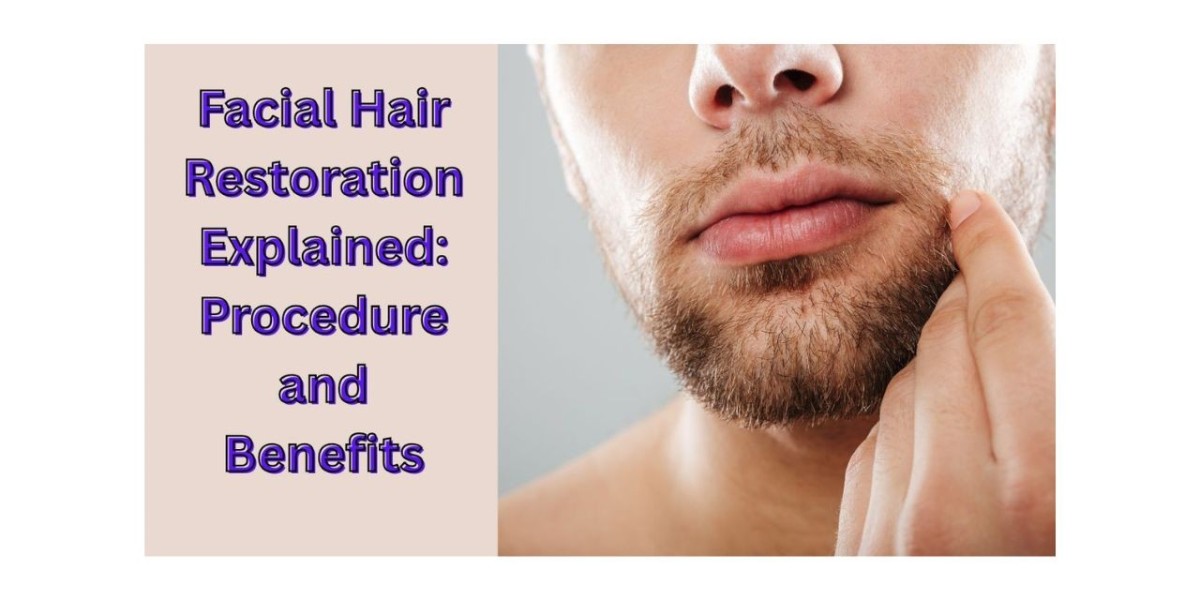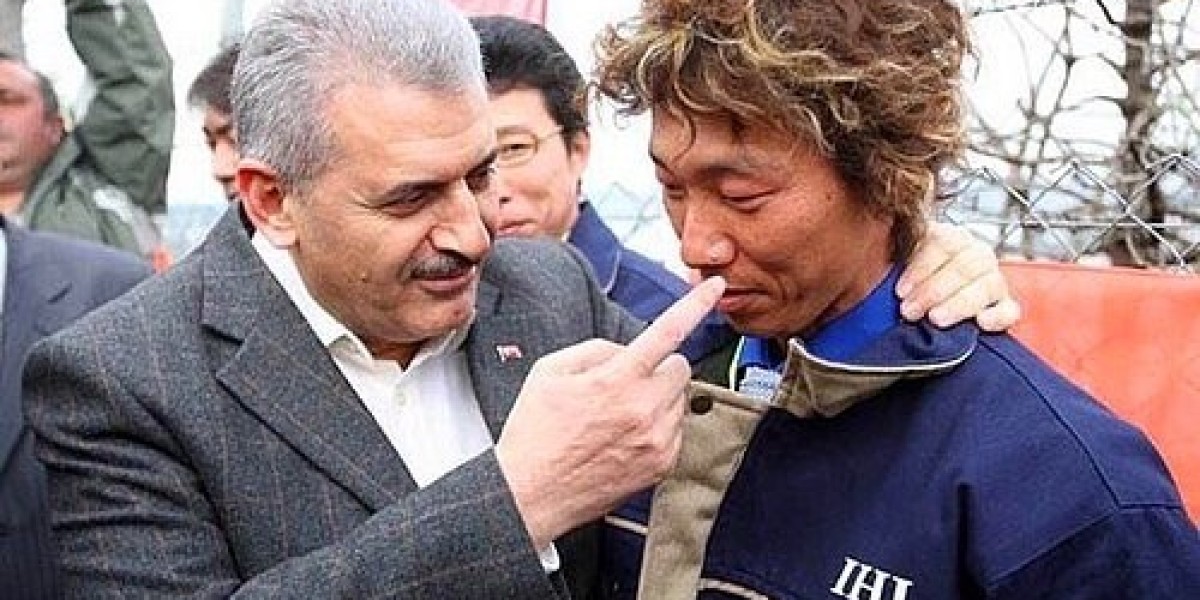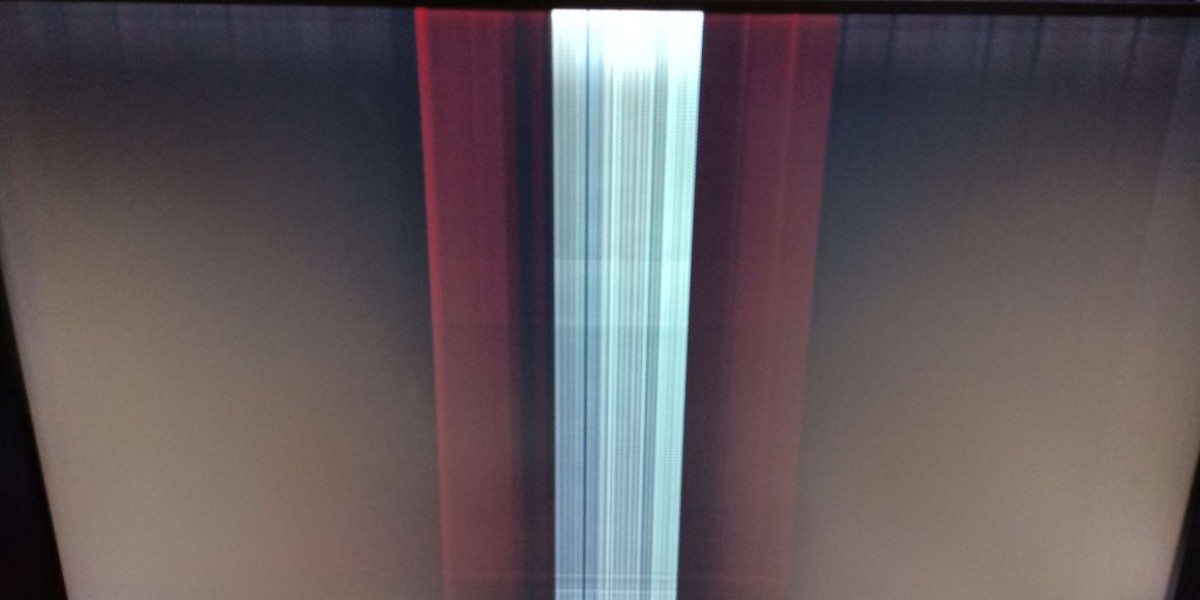Facial hair is important to many people for personal style, confidence, and cultural reasons. Some men grow beards or moustachesmoustaches to demonstrate maturity or follow fashion trends. Still, not all individuals are able to grow a complete beard or mustache. Patchy or thin areas can be caused by genetic factors, scars, or underlying health issues. Facial hair restoration is a safe procedure that helps fix these problems. It gently moves healthy hair from the scalp to the face, resulting in natural-looking outcomes. This article explains how the procedure works, who it can help, and why it’s a good option for those seeking fuller facial hair.
What Is Facial Hair Restoration?
Facial hair restoration is a procedure that helps individuals grow hair in areas such as the beard, moustache, sideburns, or eyebrows. It is done using hair from another part of the body, usually the back of the head. This treatment is beneficial for individuals who have little to no facial hair due to genetic factors, past injuries, surgery, or medical conditions. The goal is to create a natural and fuller look. Both men and women can choose this treatment. It is safe and gives long-lasting results. Many people opt for facial hair restoration to boost their confidence and enhance their appearance.
Causes of Facial Hair Loss
Facial hair loss can happen for many reasons. Genetics is a common cause—some people naturally grow less facial hair. Hormonal imbalances, including low testosterone levels, may impact the growth of facial hair. Additionally, medical conditions like alopecia areata can lead to patchy areas of hair loss. Injuries, burns, or surgeries may leave scars where hair no longer grows. Lastly, lifestyle factors such as stress, poor diet, or exposure to harsh chemicals can also affect facial hair growth. Understanding the cause is the first step toward finding the right treatment, such as facial hair restoration, to help regrow a fuller beard or moustache.
Facial Hair Restoration Methods
Facial hair restoration helps regrow hair on areas such as the beard, moustache, or sideburns. Two main methods are used: FUE and FUT. FUE (Follicular Unit Extraction) takes single hair follicles from the back of the scalp and moves them to the face. It leaves tiny scars and heals fast, so it is often used. FUT (Follicular Unit Transplantation) removes a strip of scalp to get the follicles. It may leave a bigger scar but can be better when many hairs are needed. FUE is more commonly used for the face because it is less invasive and provides a more natural appearance.
Step-by-Step Procedure Overview
- Consultation and Assessment: The doctor checks your facial hair and discusses your goals.
- Donor Area Selection: Hair is usually harvested from the back of the scalp, as it tends to grow more consistently in that region.
- Hair Follicle Extraction: Healthy hair follicles are gently removed for use.
- Graft Preparation and Placement: The follicles are prepared and placed in the needed facial areas.
- Post-Procedure Care: You receive care instructions to help the new hair grow and heal properly.
Expected Results and Recovery Timeline
Facial hair restoration helps regrow hair in areas such as the beard, moustache, or sideburns. It is entirely typical for the transplanted hair to fall out within 2 to 4 weeks following the procedure. New hair typically starts growing around 3 months after the initial loss. By 6 months, most people see clear results. Full growth and final shape appear around 12 months. The new hair grows like natural hair—you can shave or style it as you want. Mild redness or swelling might appear at first but usually subsides over time. With proper aftercare, the long-term results are generally permanent. The regrowth cycle is slow but steady, resulting in a natural, fuller facial hair appearance.
Benefits of Facial Hair Restoration
Facial hair restoration helps regrow hair in areas such as the beard, moustache, or sideburns. After the treatment, the transplanted hair may fall out in 2–4 weeks—this is normal. New hair typically starts growing around 3 months after the initial loss. By 6 months, most people see clear results. Full growth and final shape appear around 12 months. The new hair grows like natural hair—you can shave or style it as you want. Mild redness or swelling might appear at first but usually subsides over time. Long-term results are permanent if proper care is taken. The regrowth cycle is slow but steady, resulting in a natural, fuller facial hair appearance.
Facial Hair Restoration – Frequently Asked Questions (FAQs)
1. Is the procedure painful?
No, the procedure is not painful. Doctors use local anaesthesia to numb the area so you feel little to no discomfort during the treatment.
2. Can I shave or style the new hair normally?
Yes, after healing, you can shave, trim, or style the new facial hair just as you would your natural hair.
3. Will the hair continue to grow like natural facial hair?
Yes, the transplanted hair grows just like normal facial hair because it comes from your scalp.
4. How long do the results last?
The results are permanent, and the new hair will grow for a lifetime.
Conclusion
Beard hair restoration is a procedure that helps individuals grow hair in areas such as the beard, moustache, or sideburns. Those with thin or patchy hair often use it. Understanding how the procedure works is very important. It involves moving healthy hair from one part of the body to the face. This is a safe and effective method when done by a trained expert. Everyone’s needs are different, so results can vary. It is a good idea to learn more and speak with a specialist. A consultation will help you know if the treatment is right for you.








